2025-02-06 06:35:33|Myriagame |source:minecraft skins
As an emerging technology, the silicon optical circuit did not use electronics when the signal transmission was transmitted, but with the help of laser photons.And a silicon light CPU, its information processing speed is expected to reach millions of times of today's computers.In the process of progressing towards this goal, the engineers at the University of Utah in the United States have achieved the latest breakthroughs and made the smallest photon beam distributor in the world.The most gratifying thing is that it can be placed in a single silicon chip.
It is reported that the beamor is only 2.4x2.4 microns (1/50 of human hair diameter), and the incident light waves can be divided into two beams, which provides two independent channels for polarization joy.
After combining other optoelectronic components and replacing their electronic equivalent (such as transistor, diode, and other semiconductor devices), the future of "speed operation" will no longer be far away.
This new device can not only exchange data at a rapid speed, but also designing a silicon wafer, but also means that it can be cheaper and easier to use than similar devices (after all, existing silicon chip manufacturing technology).
In addition, because the optoelectronic circuit does not need to be conducted by the wire, its power consumption and calories will be much smaller (greatly improving efficiency).At present, Intel and IBM are developing supercomputers based on silicon light technology, and they are also target customers of the research team.
The team said that such supercomputers are expected to use this beam device within 3 years, and data centers that need to be connected faster may also contact such devices earlier.
The study was completed by RAJESH MENON, an associate professor at Utah University, and Randy Polson, a research assistant, and Bing Shen Wang, a doctoral student Bing Shenwang, and the relevant content was published in the recent journal "Nature Photonics".

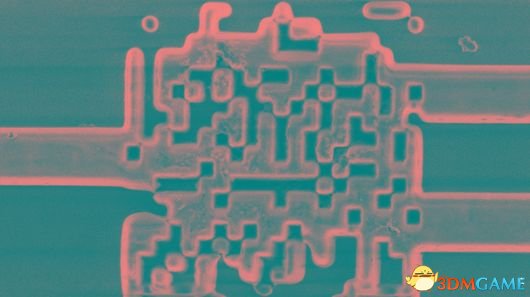

T2 believes that GTA6 violen
2025-02-12 23:28:04
The SIE State of Play launch
2025-02-12 23:28:00
"Midnight South" game durati
2025-02-12 23:27:57
"Pirate 4" sales exceeded 4
2025-02-12 23:27:54
"Assassin's Creed 3: Liberat
2025-02-12 23:27:50
"Assassin's Creed: Shadow" c
2025-02-12 23:27:47
Steam's new weekly sales lis
2025-02-12 23:27:44
"Hundred Days War Chronicle-
2025-02-12 23:27:41
Hideo Kojima will announce n
2025-02-12 23:27:38
"Civilization 7" Chinese are
2025-02-12 23:27:34
Pirate Minecraft Skins
Minecraft Skins
2024-12-10 04:11:27
Pirate Minecraft Skins
Minecraft Skins
2024-12-10 04:11:26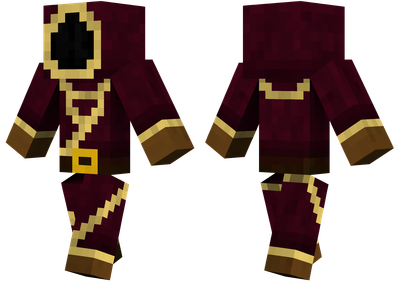
Master Minecraft Skins
Minecraft Skins
2024-12-10 04:11:25
King Minecraft Skins
Minecraft Skins
2024-12-10 04:11:25
Guide Minecraft Skins
Minecraft Skins
2024-12-10 04:11:24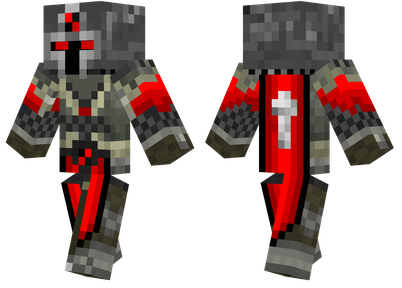
Dark Knight Minecraft Skins
Minecraft Skins
2024-12-10 04:11:23
Sparta Minecraft Skins
Minecraft Skins
2024-12-10 04:11:23
Moncraft Skins of the War
Minecraft Skins
2024-12-10 04:11:22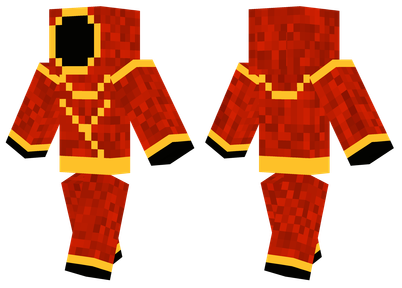
Red Witch Minecraft Skins
Minecraft Skins
2024-12-10 04:11:22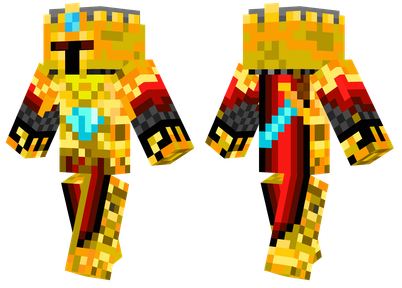
Golden Cavaliers Minecraft S
Minecraft Skins
2024-12-10 04:11:22